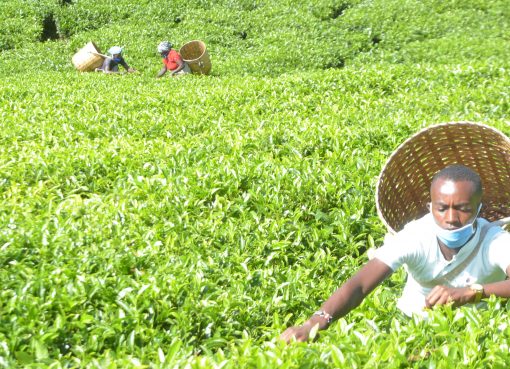With the growing concern among Kenyans to stay healthy, watermelons have become an instant favorite for they are good in nutrients and are low in calories.
Suleiman Kalundu from drought-stricken Voo village in Kitui East has taken advantage of the new craze and has taken up to watermelon farming which earns him over a Sh. 1 million annually.
Kalundu says he has made a fortune since he ventured into the agribusiness some five years ago thanks to the growing demand and ready market for watermelons.
Before then he was struggling with small-scale maize and tomato farming on his seven-acre piece of land which proved nonviable due to erratic rainfall patterns that is common in the remote parts of Kitui County.
“With Sh.70, 000 which I spent on farm preparation, water pump fuel and buying seeds and pesticides, I’m able to recoup Sh.600, 000 in each of the two seasons per year,” prided Kalundu.
He said he sells a kilo of watermelon between Sh. 30 and Sh. 40 in his farm, but stresses the prices peak during dry seasons when people buy in large amounts.
“With the income I generate from watermelon production I’m able to support my family as well as educate my children. I have also bought several pieces of land to expand my venture,” he added.
He however, said despite being lucrative, watermelon farming was not without its challenges.
“This area is generally water-scarce. I rely on pumped irrigation water from scoop-wells on Thua riverbed which is adjacent to my farm,” he narrated.
Kalundu further said the crop was prone to diseases forcing him to spend heavily on pesticides.Watermelons are very prone to cracking or bursting during and after harvest due to rough handling,’ Kalundu said.
Harvesting usually begins 75-100days after planting depending on cultivation.
He disclosed that watermelons are harvested as close to full-ripeness as possible; this is when the fruit surface touching the soil is light yellow or when the vine closest to the fruit is starting to wilt.
The farmer noted that watermelons are perishable and should not be dropped during handling, stepped on or stacked too high. They should be handled with care.
“Yield range from 20-30 tonnes per acre depending on variety and crop management practices,” added Kalundu.
By Yobesh Onwong’a



